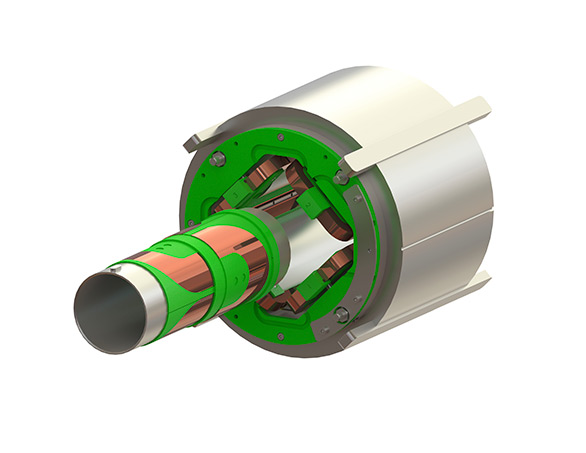
What is a resistive magnet?
The resistive magnet is a kind of electromagnet that is used to treat high current values, in the same way as coil cooling. Unlike permanent magnets, electromagnets allow us to turn them on and off whenever we need them, we only have to disconnect them from the power supply. On the other hand, resistive magnets have a higher intensity than permanent magnets.
Resistive magnets can be divided into iron core and air core.
Resistive magnet with iron core: has a vertical magnetic field.
Air-core resistive magnet: has a horizontal magnetic field.
Resistive magnets do not lose electrical energy when the current begins to flow through the coil. The current then continues to flow without the need for an external source.
How resistive magnets work
Resistive magnets work in the same way as superconducting magnets. Unlike them, resistive magnets require a larger amount of electricity.

Resistive magnets need a large electric current that runs through coils, 4 to 6 to be more specific, these generate a static magnetic field. The movement of this current produces an increase in temperature. At the same time, it is necessary that this must pass through water cooling elements. Unlike other magnets, resistive magnets have a lower production cost, although they require more electricity. Their low efficiency is due to the cooling process which, being at low temperatures, reduces the resistance of the wire. This reduces the need for electricity, making it more economical.
What applications are resistive magnets used for?
Resistive magnets can be found in various applications. However, the most common application of resistive magnets is in MRI systems. Due to the high fields of these magnets, i.e. having a field strength of 0.3 teslas, which would theoretically consume 5 MV. MRI systems are magnetic resonance imaging systems that use magnets to analyze the internal organs of the body in order to prevent or treat infections, tumors, etc. Depending on the area to be treated, we find MRI for the thorax, lumbar, and abdomen. Another more common use in our day-to-day is the copper plate batteries.